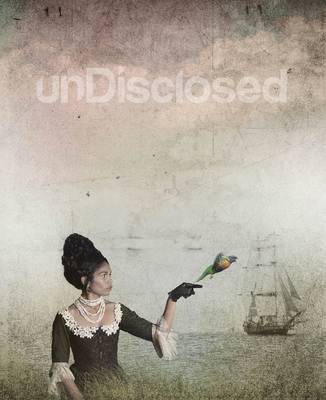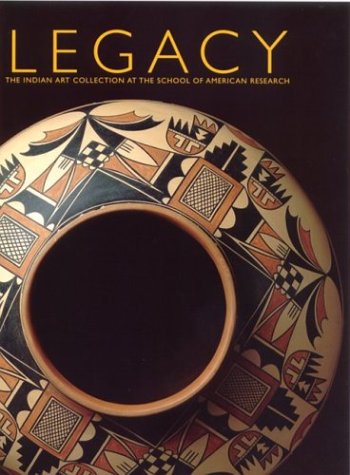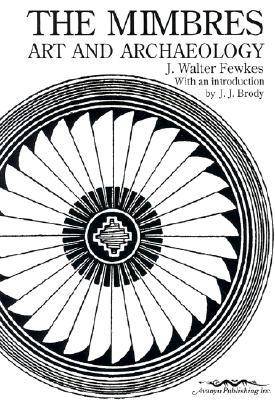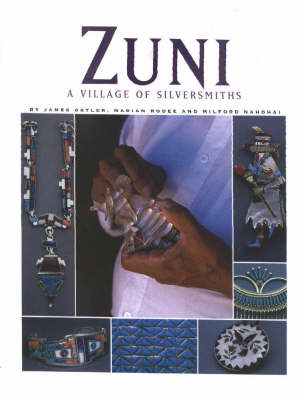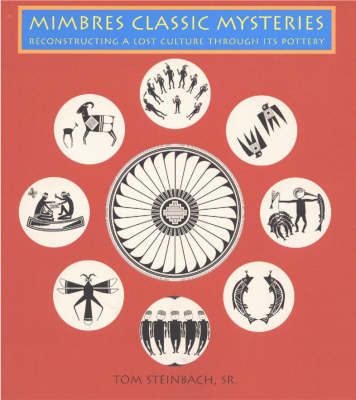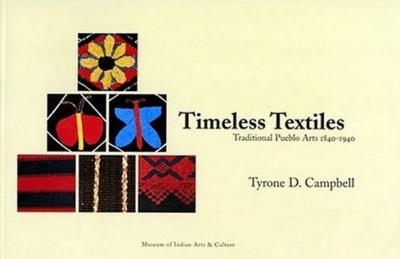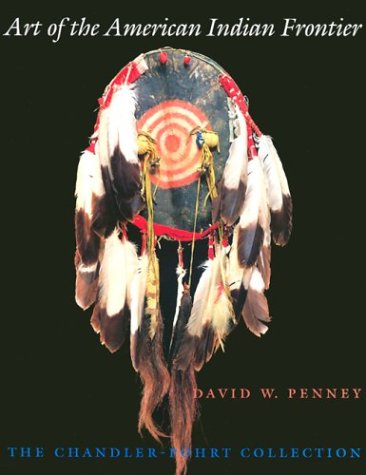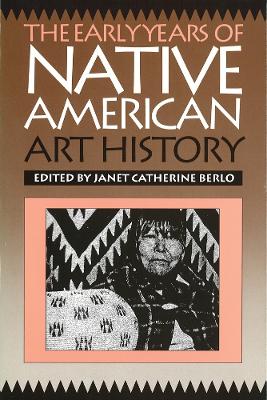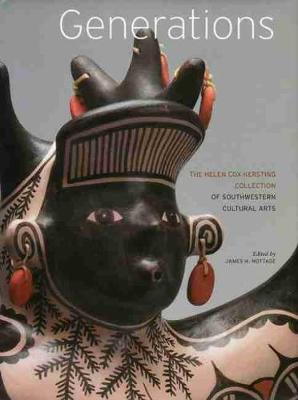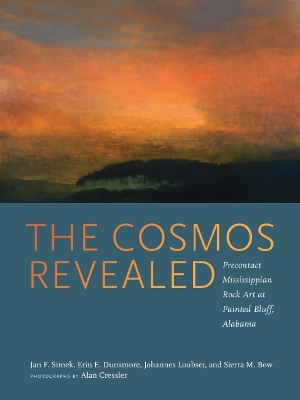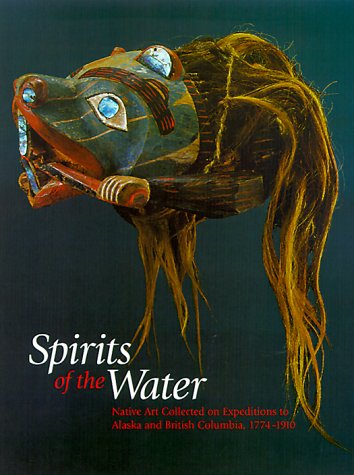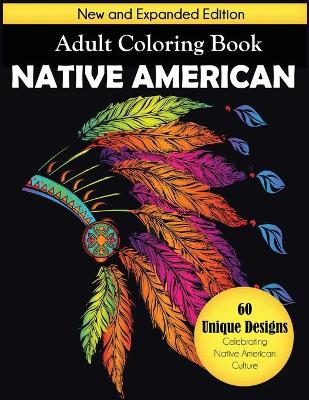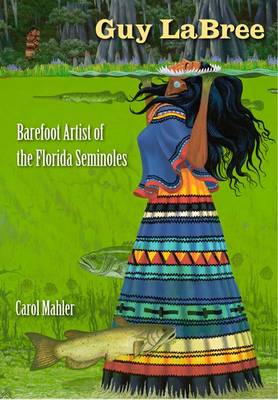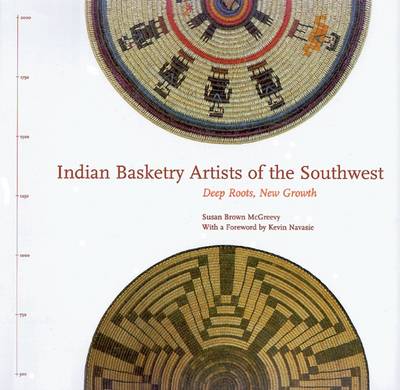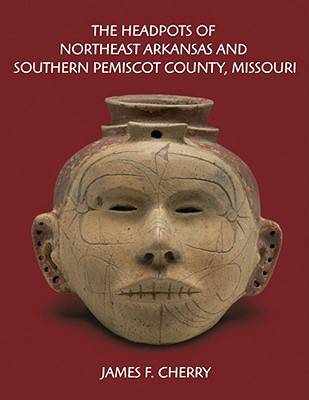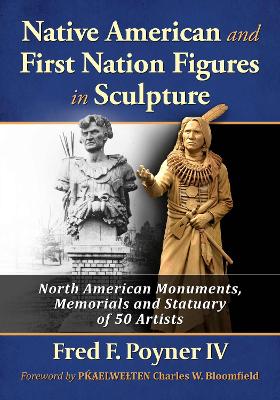The first monograph on Raven Halfmoon’s dramatic, monumental sculptures exploring Caddo Nation heritage and feminism Born and raised in Norman, Oklahoma, Raven Halfmoon (born 1991) learned traditional ceramic techniques as a teenager from a Caddo elder. Her celebrated practice spans torso-scaled to colossal stoneware sculptures, with some soaring up to nine feet and weighing over 1,000 pounds. These dramatic totemic works reference stories of the Caddo, the feminist lineage of indigenous artmak...
This reissue of three early essays on Mimbres archaeology and design fills a major gap in the literature on the Mimbres, whose pottery has long fascinated students of the prehistoric Southwest. Fewkes, one of the eminent archaeologists of the early twentieth century, introduced Mimbres art to scholars when he published these essays with the Smithsonian Institution between 1914 and 1924, under the titles Archaeology of the Lower Mimbres Valley, New Mexico, Designs on Prehistoric Pottery from the...
More than a guide to technique and design, this insiders' view of Zuni silverwork offers a fascinating window into Zuni culture. The authors examine Zuni silversmithing as an expression of cultural values and aesthetics and explore the relationships between jewelers and traders. They trace the history of jewelry at Zuni since Anasazi times. Using examples by more than twenty contemporary Zuni artists, they describe the techniques of casting, clusterwork, petitpoint, needlepoint, mosaic, overlay,...
This is rare look into the traditional ways of creating the beautiful masks that have brought such admiration to the native American carvers of the Pacific Northwest. The masks of the Kwakiutl people of the Pacific Northwest are noted around the world for their bold colorful designs. Used for dramatic recreations of the ancestors’ adventures, they carry a depth of social, historical, and religious meaning. Lelooska has spent a lifetime creating these masks, a privilege bestowed upon him by the...
The charm and humor of Mexican folk art have made it among the most popular in the world, and this lavishly photographed volume will appeal to aficionados of collectible folk art everywhere. Complete with full-color photography of native crafts and vivid portraits of the Mexican people and their lifestyles, The Arts and Crafts of Mexico combines in-depth text and beautiful images into a treasury of myriad indigenous art forms. Among the items covered are brilliant textiles from the country's var...
Art of the American Indian Frontier examines an incomparable collection of nineteenth-century Native American art from the North American Woodlands, Prairie, and Plains. The collection resulted from the efforts of Milford G. Chandler and Richard A. Pohrt, whose early childhood fascination with the Indian frontier past evolved into a deep and comprehensive interest in Native American ceremonies, beliefs, and art. Though neither was wealthy or enjoyed the sponsorship of a museum, they traveled ext...
Published to coincide with a traveling exhibition, an exploration of the jewelry art of thirty-nine regional Native American artists considers the ways in which visual adornment reflects cross-cultural traditions, in a lavishly illustrated resource that is complemented by anthropological and historical information. 15,000 first printing.
Building One Fire
by Chad "Corntassel" Smith, Rennard Strickland, and Benny Smith
The field of Native American art history, and our idea of whatcomprises Indian art itself, were molded largely by the policies of themuseums and institutions that established their ethnologicalcollections in the second half of the nineteenth century. Objects housed in the great natural history museums -- collected andseen first as natural history specimens and later as 'primitiveart' -- have long been considered to be normative Native Americanart, rather than as representative of a long and chan...
The Cosmos Revealed
by Jan F Simek, Erin E Dunsmore, Johannes Loubser, and Sierra M Bow
The definitive rock art book on Painted Bluff, Alabama Containing more than 130 paintings and engravings, Painted Bluff is perhaps the most elaborate prehistoric pictograph site east of the Mississippi River. Positioned at several levels on a dramatic sandstone cliff along the Tennessee River in northern Alabama, the spectacular paintings and engravings depict mythical creatures, dancing humans, and mystical portals. The Cosmos Revealed: Precontact Mississippian Rock Art at Painted Bluff, Alaba...
Spirits of the Water
The images in the pages of this book - animal, human, and spirit faces - evoke the powerful cultural legacy of the inhabitants of the Northwest Coast. "Spirits of the Water" presents approximately 175 examples of the art produced by the Native peoples of a region of great linguistic, cultural, and geographical diversity. Accompanying essays establish a historical and cultural context for this remarkable assemblage of objects, and explore the traditions of art, social organization, and ceremony t...
Guy LaBree's connection to the Seminole Tribe of Florida began when he was an elementary school student in the 1940s living near the Dania (now Hollywood) reservation in Florida. However, it wasn't until the 1970s that his relationship with the tribe grew into a remarkable creative partnership. LaBree was encouraged by Seminoles who were former classmates and friends to produce paintings depicting important teachings about Seminole culture, customs, history, and legend as a way of passing on tra...
Indian Basketry Artists of the Southwest
Exploring the history and the current renaissance of basket making in the Native American Southwest, this lavishly illustrated volume features the work and words of the contemporary basket makers that participated in a Convocation at the School of American Research. The basket makers range in age from twenty-one to eighty-two and represent the Akimel O'odham, Apache, Hopi, Navajo, Pueblo, and Tohono O'odham tribes.
The Headpots of Northeast Arkansas and Southern Pemiscot County, Missouri
This title discusses about rare and mysterious pottery from the Mississippian Culture. In 1981, James F. Cherry embarked on what evolved into a passionate, personal quest to identify and document all the known headpots of Mississippian Indian culture from northeast Arkansas and the bootheel region of southeast Missouri. Produced by two groups the Spanish called the Casqui and Pacaha and dating circa AD 1400-1700, headpots occur, with few exceptions, only in a small region of Arkansas and Missour...
Native American and First Nation Figures in Sculpture
by Fred F Poyner

